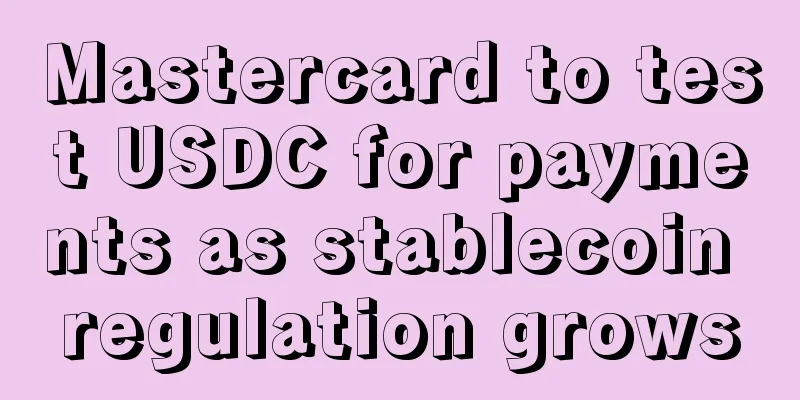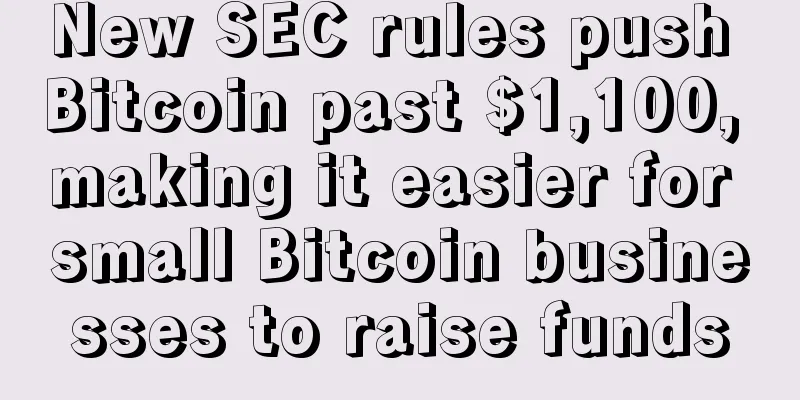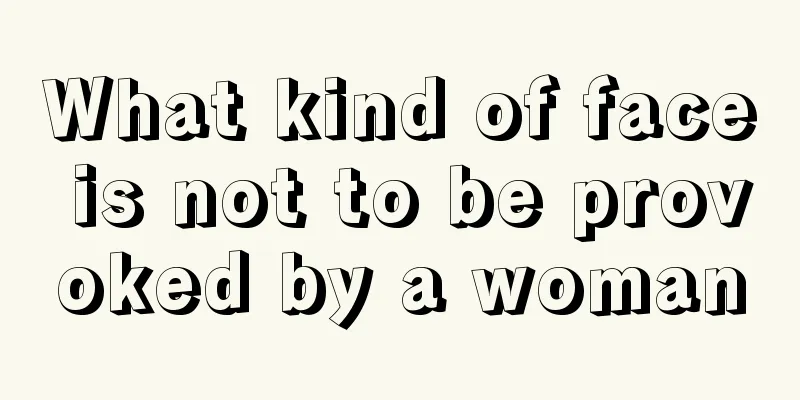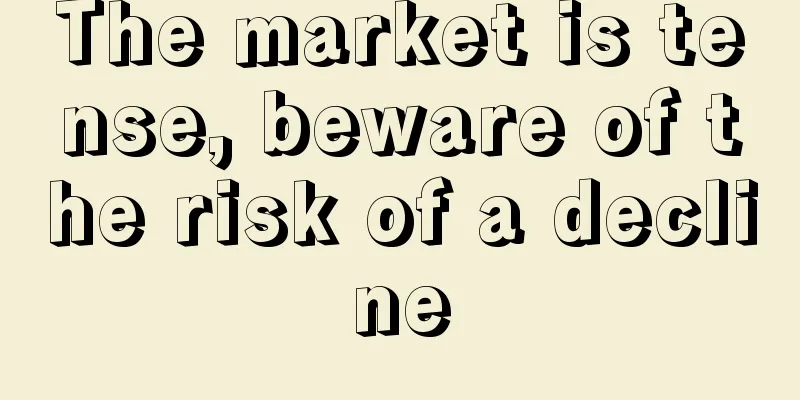Mastercard to test USDC for payments as stablecoin regulation grows

|
In the pilot announced on Tuesday, Circle’s USDC (0%) will serve as a bridge between cryptocurrencies in consumers’ digital wallets and fiat currencies used to pay merchants. USDC is a crypto stablecoin that almost always trades at $1 because the issuer promises that USDC can be redeemed 1:1 with U.S. dollars at any time. While it sounds like an extra step, exchanging cryptocurrencies for stablecoins and then the stablecoins for dollars may be faster or simpler than going directly from crypto to fiat. For example, some cryptocurrencies are not easily exchanged for dollars on exchanges, but can be exchanged for USDC. The company said the addition of this relay currency will help cryptocurrency companies that want to offer Mastercard-branded products to their customers. “Today, not all crypto companies have the infrastructure to convert crypto into traditional fiat currencies, and we’re making it easier to do so,” Raj Dhamodharan, executive vice president of digital assets and blockchain products at Mastercard, said in a press release. Coming five months after Mastercard said it planned to bring some stablecoins to its network, the announcement is seen as a step toward that ultimate goal. The plan comes as stablecoins face increasing scrutiny among regulators and lawmakers. On Monday, the U.S. President’s Working Group on Financial Markets pledged to publish recommendations on stablecoin regulation in the coming months following high-level discussions among federal financial regulators on use cases and potential risks. The comments come after Fed officials expressed varying degrees of concern in speeches over the past few months, with Boston Fed President Eric Rosengren singling out market leader Tether’s USDT (-0.01%) stablecoin as a potential “challenge” to financial stability. When asked how Mastercard verifies that stablecoins settled through the program are backed by adequate reserves, Mastercard spokesperson Katie Priebe referred CoinDesk to the basic principles the company outlined in February. Payment companies are continuing to trial stablecoins like USDC for transactions. Visa announced it conducted a small USDC transaction earlier this year. Work in progress In addition to Circle, Evolve Bank & Trust and Paxos Trust Co. are also participating in the pilot, though their roles are unclear. Mastercard said it is in "discussions" with Evolve and Metropolitan Commercial Bank about issuing cryptocurrency cards. While Paxos has its own collateralized stablecoin, PAX, Priebe said that USDC is the only stablecoin participating at this time.
Mastercard said it is also in talks with long-running cryptocurrency startups Uphold and BitPay to provide digital wallet technology, and with three companies from the traditional card business to handle back-end functions. The pilot should go live soon, Priebe said, but a specific date has not yet been set. The growing scrutiny of stablecoins partly reflects their meteoric growth. Circle’s USDC has jumped sixfold since the start of the year, from about $4 billion on Jan. 1 to more than $25 billion at press time, according to CoinGecko. PAX, while down from its peak market cap of $1.4 billion in May, has also grown over the same period. Tether is a notable exception; it has not issued any new coins since May. This article only represents the author’s personal views, does not represent the position of Blockchain Pencil, does not constitute investment advice, and the content is for reference only. |
Recommend
Do you know what kind of face is lucky?
So-called blessing is that everything goes as pla...
10 Stories That Will Impact Crypto Development in 2024
2024 is shaping up to be a big year for the crypt...
The meaning of cinnabar mole depends on its location
There are actually many kinds of moles, and one o...
What is Chairman Mao's face like? Mao Zedong's face analysis
Chairman Mao was a great man of his generation an...
Are men with upturned corners of their mouth naturally luckier?
Are men with upturned corners of their mouth natu...
China Bitcoin appoints new CEO David Lee
China Bitcoin (CHBTC.COM) announced today that Mr...
A Norwegian bought a bitcoin for $27, which is now worth $886,000
Author: Geneva The bitcoins I bought in 2009 have...
How does a woman with yellow eyes look? She is calm and composed.
Since ancient times, many people have used facial...
The 12 Palaces of Physiognomy: Wife and Concubine Palace
The Palace of Wife and Concubine, also known as t...
Bitcoin fluctuates slightly higher, while Litecoin is gaining momentum as halving approaches
The cryptocurrency market as a whole has been fla...
What kind of face will make a woman have a good career?
What kind of face will make a woman have a good c...
What does the island pattern on the fate line mean?
Island pattern is a rare pattern and one of many ...
Men with this kind of palm lines will most likely become officials
There is a kind of noble lines on the palm, have ...
The impact of pinky length on marriage
The impact of pinky length on marriage (I) Little...
Is it a feudal superstition that people with big earlobes are blessed?
According to physiognomy, people with big earlobe...









